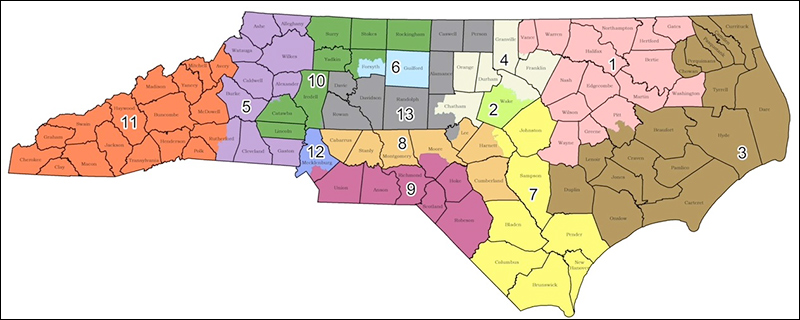By Jim Ellis
Sept. 8, 2021 — In some of our previous redistricting articles, we’ve alluded to Ohio’s interesting situation. With a 16-member congressional delegation reducing to 15, it seemed unlikely that Republican map drawers would stretch the new map to 12R-3D from its current 12R-4D split. Outside pressures and other factors, however, suggest the first Buckeye State map could have such a partisan division.
Recently, news coming from Illinois suggests that Democratic leaders are looking at ways to reduce the Republican federal contingent in the Land of Lincoln from five House members to just three. If so, states like Ohio, where Republicans are in complete control of the redistricting process, face national pressure to maximize the partisan gain.
Another factor pointing to the Democrats losing the Ohio seat is that only one member to-date, Rep. Tim Ryan (D-Warren/Youngstown), is not running for re-election. The eastern Ohio congressman is an announced US Senate candidate, meaning that his 13th District, which stretches from Akron to the Pennsylvania border, is largely unprotected.
As in Pennsylvania, where Rep. Conor Lamb (D-Pittsburgh) is the lone House member not seeking re-election in his state because he, too, is running for the Senate, it is reasonable that the collapsed seat would be the one with no incumbent. Therefore, in both cases, Republican map drawers would have a defensible opportunity to collapse a Democratic seat. Furthermore, a Democratic power grab in Illinois, should that happen, makes Republican retribution in Ohio and Pennsylvania more likely.
Another transitional Ohio factor is the two new members coming into the House right after the Nov. 2 special election. Since the partisan primaries have already nominated candidates in a pair of vacated congressional districts that have consistently performed for each party, it became clear on primary night that Democrat Rep. Shontel Brown and Republican Rep. Mike Carey would be joining the delegation.
Brown’s 11th District that stretches from Cleveland to Akron is likely to be a key redistricting focal point. The 11th must gain 94,091 people to reach the new 15-District Ohio population quota of 786,630 individuals, which is the second most of any Buckeye State CD. Since this is also a majority minority seat, adding the necessary people from the Akron area would be a reasonable move, and such a population segment would have to come from Rep. Ryan’s 13th District.







